Table of Contents
ToggleNadi and the Importance of Balanced Nadis
In yoga, balanced nadis are essential for maintaining harmony between the body, mind, and energy. Nadis are channels in the body through which prana, or life force, flows. When these channels remain unblocked and balanced, the body functions optimally, promoting physical health, mental clarity, and emotional stability. Practicing yoga and pranayama can help you achieve balanced nadis and overall well-being.
What Are Nadis and Why They Matter
The Sanskrit term “nadi” refers to a pathway in the body that carries vital energy. Ancient yogic texts state that there are 72,000 nadis, but three are primary:
-
Ida Nadi: Linked to the left nostril and parasympathetic system, providing cooling and calming energy.
-
Pingala Nadi: Linked to the right nostril and sympathetic system, providing heating and energizing energy.
-
Sushumna Nadi: Runs along the spine and acts as the central channel for spiritual energy.
Maintaining balanced nadis is key to ensuring smooth energy flow and optimal health. Blocked or imbalanced nadis can lead to fatigue, stress, and emotional disturbances.
Benefits of Balanced Nadis
Practicing yoga and pranayama to maintain balanced nadis provides multiple advantages:
-
Improved Physical Health: Reduces tension, strengthens the body, and boosts energy.
-
Enhanced Mental Clarity: Promotes calmness, focus, and concentration.
-
Greater Emotional Balance: Helps manage stress, negativity, and emotional fluctuations.
-
Spiritual Awareness: Deepens self-awareness and spiritual growth.
Yoga Poses to Promote Balanced Nadis
These yoga poses help regulate energy flow and support balanced nadis:
1. Sukhasana (Easy Pose)
Sit cross-legged with a straight spine, focusing on deep, mindful breathing.
2. Adho Mukha Svanasana (Downward-Facing Dog)
Stretch your spine and relax your neck while maintaining even breath.
3. Uttanasana (Standing Forward Bend)
Fold at the hips to stretch the back, calves, and hamstrings. Repeat on both sides.
4. Marjaryasana (Cat/Cow Pose)
Move between arching and rounding your back with your breath to stimulate energy flow.
5. Balasana (Child’s Pose)
Relax back and shoulders while drawing energy inward for grounding and balance.
Pranayama Techniques for Balanced Nadis
Breathwork is essential to maintain balanced nadis. Try these techniques:
-
Alternate Nostril Breathing (Nadi Shodhana): Balances ida and pingala nadis.
-
Breath Retention (Kumbhaka): Holds the breath to enhance energy flow.
-
Ujjayi Breath: Gentle constriction of the throat improves focus and calms the mind.
Tips to Maintain Balanced Nadis
-
Practice yoga regularly, focusing on posture and alignment.
-
Incorporate pranayama techniques daily for steady energy flow.
-
Maintain a healthy lifestyle including nutrition, hydration, and stress management.
-
Combine meditation with yoga to enhance mental clarity and emotional balance.
FAQ About Balanced Nadis
Q: How do nadis affect the body and mind?
A: Balanced nadis support optimal body function, mental clarity, and emotional stability. Imbalances can lead to stress and fatigue.
Q: Can yoga alone balance the nadis?
A: Yoga significantly improves energy flow, but combining meditation, mindfulness, and healthy habits ensures better results.
Q: How do I know if my nadis are balanced?
A: Signs include stable emotions, good energy levels, mental clarity, and a sense of inner harmony.





